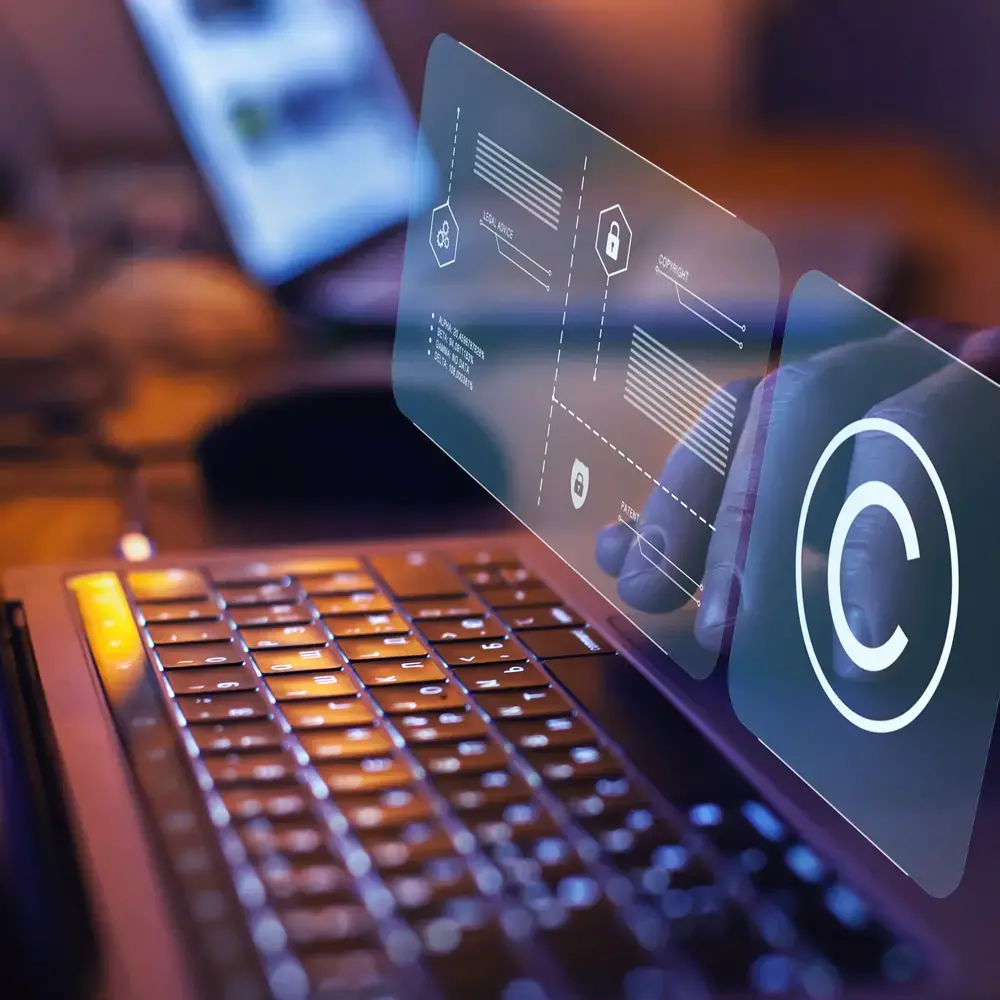What Are Unitary Patents and What Do They Mean for Life Sciences Companies?

A Unitary Patent (UP) is a new system for patent protection in the EU that aims to simplify the complex and costly validation and translation requirements. The initiative is expected to have a significant impact on life sciences organizations in the EU by reducing costs, simplifying validation procedures, and increasing patent protection across a broader spectrum of countries.
The goal of a Unitary Patent is to simplify the European patent system by reducing complexities and costs in validation and translation requirements in up to 25 EU Member States. In addition, it seeks to protect IP across a broader spectrum of countries by removing cost barriers to international patent protections and providing a Pan-European solution under a single litigation process.
Germany was the last Member State to ratify the agreement on a Unified Patent Court on February 17, 2023. This started the countdown as set under Article 89 of the UPC Agreement, which states the Agreement will enter into practice on June 1, 2023.
Impacts on Life Sciences Patent Protections
Reduced Costs
The implementation of the UP will significantly reduce costs and administration of filing for patent protection, as life sciences innovators were previously forced to navigate complex and costly validation procedures. Currently, national validation costs vary based on specific state requirements and translation stipulations, amounting to thousands in excess of the now predicted annual cost.
Simplified Validation Process
With the UP implementation, all patents are still issued through the European Patent Office (EPO). However, instead of having to select one by one in the online checklist, innovators can select UP, which covers up to 25 Member States. Please keep in mind that non-UP Member States, such as the UK, Spain, Turkey, and other countries not included in the UP, need to be selected as well. The UP will also provide a more streamlined approach to patent litigation, with a single court having jurisdiction over disputes across all Member States.
Translation Requirements
Overall, a UP will present fewer logistical challenges associated with translation. The basic requirements remain, adhering to the three official languages of the EPO—German, French, and English. The application of Rule 71.3 is to remain exactly the same, requiring the submission of a translation of the claims in the two official languages of the EPO, which are different from the language used in the proceedings. This request is included in the communication and must be completed within a non-extendable four-month period.
Once one of these has been fulfilled, there is no requirement for the patentee to translate once the transition period has passed. While there is some efficiency to be gained by fewer translation challenges, this is most noticeable by IP law firms and IP owners' applicants not using a centralized translation provider. There is a significant reduction in the time one has to comply after the EP is granted and the decision is made to go to UP: from three months to one month only. This is an important point to take notice of and ensure processes for decisions and internal approvals are lean.
Conclusion
By streamlining validation and translation procedures and reducing costs, UPs aim to make it easier and more efficient for innovators to obtain patent protection across a broader spectrum of countries.
A UP is expected to significantly reduce costs and administrative burdens generally encountered when obtaining EU patent protections. Furthermore, a simplified validation process and streamlined approach to patent litigation under the UP system will provide a more efficient and effective way for life sciences companies to protect their IPs. This will provide enhanced certainty and predictability for life sciences companies in the process of obtaining patent protections, enabling companies to focus on core business activities and innovations.
Life sciences organizations looking to ensure a well-rounded strategy for UP should engage stakeholders and vendors early in the process, which includes translation vendors and litigation support and consulting. Reach out to TransPerfect Life Sciences, and connect with one of our experts to discover how your organization can best prepare for these changes to IP protections within the EU.
